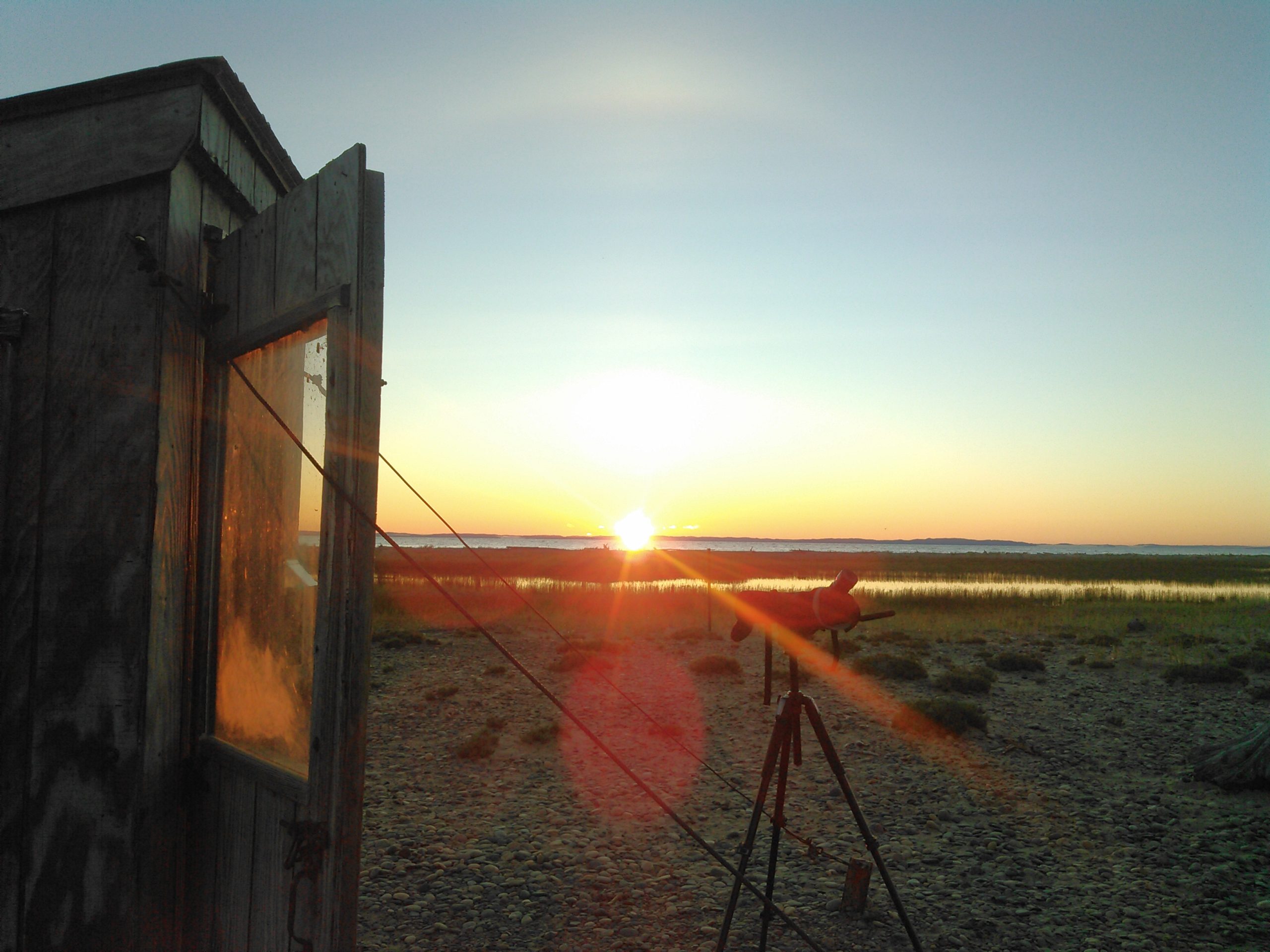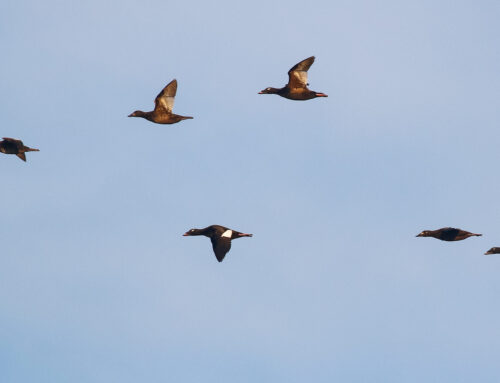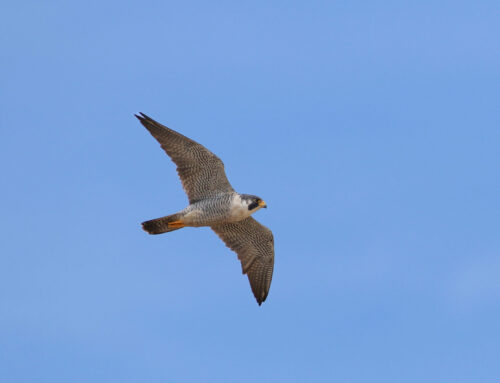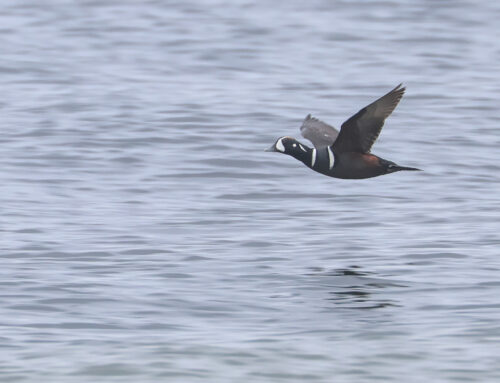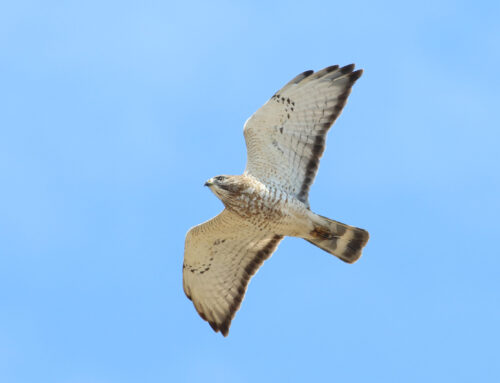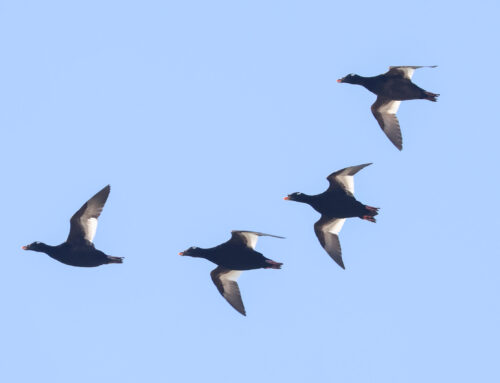The first week of the Fall Waterbird Count is approaching its end, and let me say it has been an exciting one. Before we delve into the details, I’d like to introduce myself. My name is Steve and I’ll be the counter for this fall. I’m very excited to be in such a beautiful place seeing such an amazing event unfold before me.
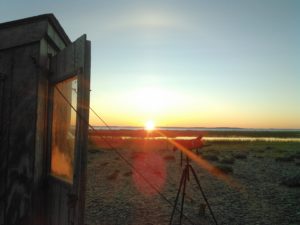 great views from the office
great views from the office
We started the week with northwesterly winds, pushing high numbers of Red-necked Grebes during the count period. Sunday and Monday were our best days with 1,137 and 957 individuals respectively. Migration continued well after the count hours with hundreds more birds documented by other observers. Otherwise, the most movement during this period was from Common Terns and Common Loons. Since the winds have clocked and quieted down, the push in migration has as well. This isn’t to say there haven’t been birds moving through, they just haven’t been in the spectacular numbers we were spoiled with at first.
In these past few quieter days shorebirds have been filtering in. Yesterday we saw our first Buff-breasted Sandpiper, joined by another individual today. Last night a Stilt Sandpiper was seen, and two were present for a majority of today offering cooperative looks. Also, our Piping Plovers are around showing off all their colorful leg bands, moving between the point and the pond throughout the day.
Small numbers of Broad-winged and Sharp-shinned Hawks as well as Bald Eagles and Northern Harriers have all been roughed-up by the Merlins that fiercely patrol the point. Not a day goes by where the Merlins don’t land a successful kill, many of the observed shorebirds have been flying in terror from these falcons.
When the wind quiets down we can hear the songbirds calling. The finches, crossbills, and siskins have been rather chatty and mixed flocks of warblers (Tennessee, Redstart, Palm, Myrtle) have been rushing around the pines. A Red-breasted Nuthatch came inside the shack for a moment and, of course, we have our daily visitor…
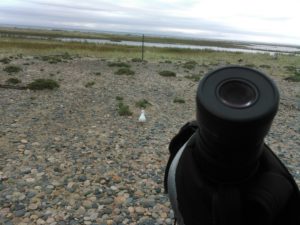 we keep great company
we keep great company
Now, onto the rarities. To christen this year’s count, Alison Vilag spotted a Marbled Godwit on the first day. While the terns were attempting to migrate several jaegers (parasitic and sp.) were spotted harassing them. A solitary Red-necked Phalarope was seen right off the point. While not rare, other eye-catching birds include an early Red-throated Loon, a Sora, and White-winged Crossbills.
What a great start it has been. Though anything can happen in these upcoming days we’re keeping an eye out for early next week as the winds clock to the northwest, hopefully bringing tailwinds to aid these beautiful birds on their long journeys ahead.
Steve Backus, Fall Waterbird Counter

